Small Cruise Ships vs. Large Cruise Ships – Which is Right For Your Next Trip?
Understanding the differences: Small cruise ships vs. large cruise ships
One important factor to consider when trying to decide on a cruise line or a cruise ship is what size of ship will provide the experience that you are looking for. Both small cruise ships and large cruise ships have some similar general features. It’s the little or big things that make a difference and play a role in the final choice of either type of ship. So, how do you decide between small cruise ships vs. large cruise ships?
The size variance is most remarkable within the large ship category that could carry anywhere from 1001 to over 5600 passengers at double occupancy. As cruise ships continue to grow in size, what was once considered a large ship in the past can’t compete with the largest ships found sailing the seas today. Perhaps a medium ship category will soon be necessary.

EXCLUSIVE CRUISE DEALS: Score Savings on Your Next Cruise!
Small Ships
The definition of small ship is somewhat arbitrary, but for the purposes of this article, a small ship will be defined as one that carries fewer than 1000 passengers.
In this category, there will be some very small ships that carry fewer than 100 passengers. For example, some small expedition ships sail with a smaller contingent of passengers.
Further, all small ships are not created equal. There are several different types of cruise experiences in the small ship sector. Luxury, ultra-luxury, sailing, expedition, and even luxury expedition ships all cruise with a smaller number of guests.
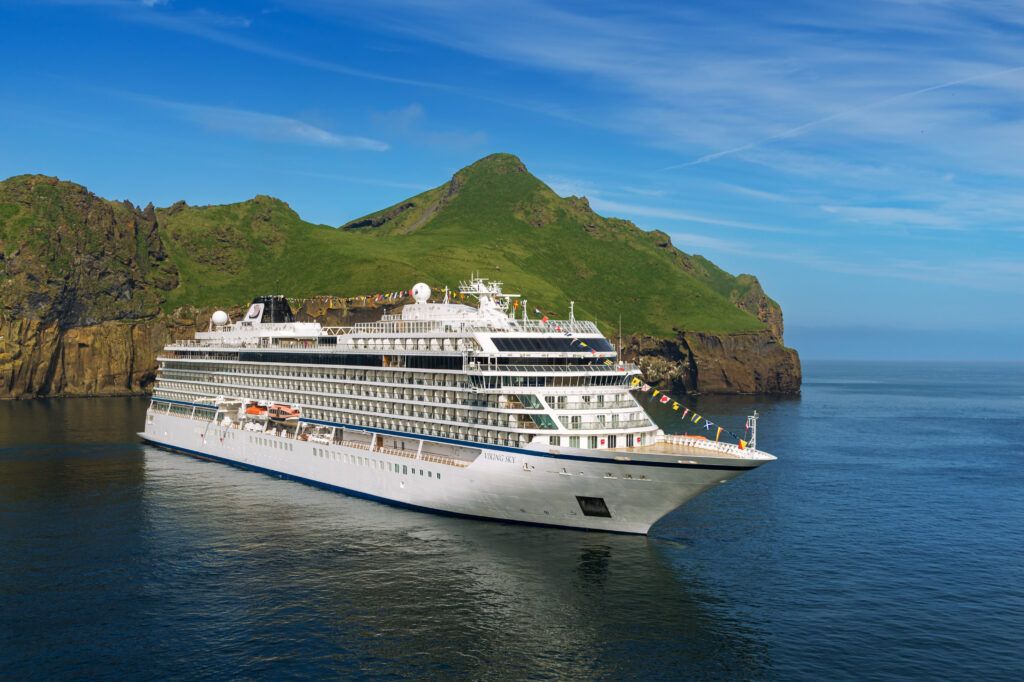
While luxury exists on some of the small ships in terms of décor, amenities, or culinary experience, one of the most luxurious of all benefits is the access to lesser-known places.
What’s more relaxing than sailing in the company of like-minded guests who already have something in common with other guests? The choice of a small ship is a conscientious one.
Passengers on small ships skew older as that demographic has more time and money to enjoy this type of cruise. The décor on smaller ships trends toward elegant rather than glitzy or shocking. Soft goods reflect a style that one might find in a fashionable hotel.
Pros of small cruise ships:
- Small ships are just that – small. With fewer passengers, many typical cruise routines require far less time and planning. Checking-in and going through security doesn’t involve waiting in long lines. Leaving for a shore excursion doesn’t mean waiting in line. Even disembarkation takes less time. Sailing on a small ship is a time-saver.
- Small ships appeal to those who value organizing their own vacation. Generally speaking, small ship cruisers are well-traveled and the destinations rank high on their list of desires.
- Small ships reach destinations where many large ships can’t sail or find a safe space to dock. Because of this, small ships can reach interesting ports of call. Think of places like the Amazon, Antarctica, Galapagos, smaller Greek Islands, and small Alaska ports. The options open new destinations not available to large ships.
- Small ships often dock closer to the city.
- When small ships need to use a tender to reach a destination, the process is much quicker than tendering from a large ship.
- The chef is cooking for a much smaller number of guests, leaving plenty of room for creativity.
- Guests may have the chance to go shopping with the chef.
- Small ships often offer all-inclusive fares.
- The service on small ships is more attentive.
- When docking, there aren’t usually thousands of passengers from large ships at the same destination.
- For relaxation, a small ship is ideal.
- Small ships offer great itineraries for expedition cruises.
- With fewer people on the ship, it’s easier to socialize and make new friends.
- More intimate surroundings make the ship feel like home.
- Small ships focus more on the destination than the ship.
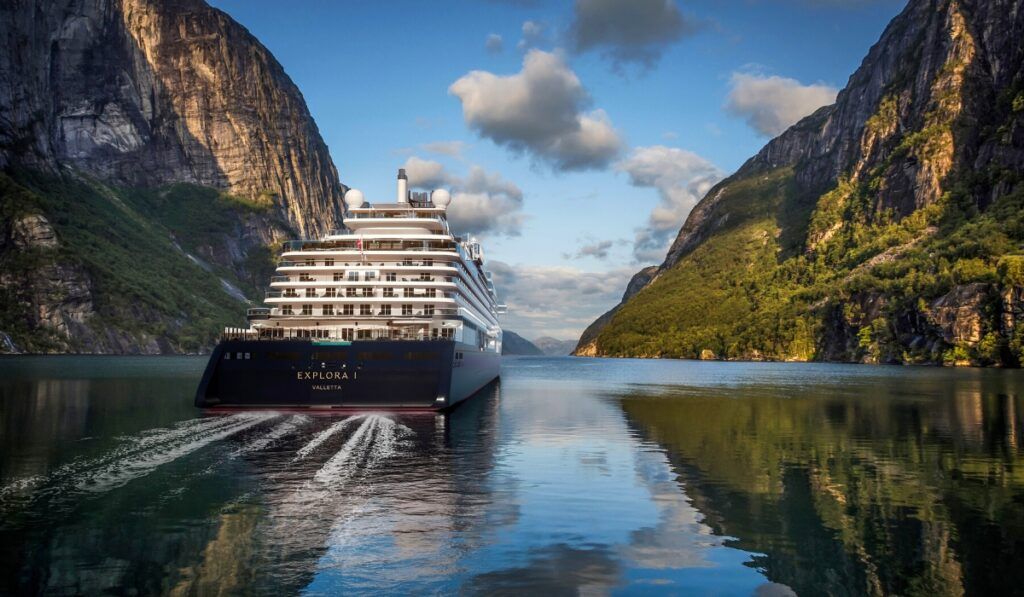
Cons of small cruise ships:
- Small ships cost more.
- Small ships don’t usually offer dedicated spaces for children.
- Small ship entertainment does not feature big Broadway shows or lavish productions.
- Small ships don’t have high-energy activities like rock walls, race tracks, or rollercoasters.
- Options for dining may be few. Some small ships have just one restaurant.
- Casinos are not often found on small ships.
- Outdoor pools and large pool decks are often absent.
- Few shopping opportunities exist on small ships.
- Some small ships have limited public areas.
- Accessible cabins may be limited or non-existent on small ships.
- Balconies are at a premium on some small ships, if they exist at all.
- Triples, quads, and connecting cabins are in limited supply on small ships too.
- Although families are welcome on most, younger kids might be bored.
- Deposit dates and final payment may be farther out than on a cruise line with larger ships. Pay attention to refund policies.
Small Ship Cruise Lines:
- Adventure Canada
- Adventures By Disney
- Aqua Expeditions
- Atlas Ocean Voyages
- Azamara
- Celebrity Cruises (3 Expedition ships)
- Crystal Cruises
- Emerald Cruises
- Explora Journeys
- HX (Hurtigruten)
- IcelandPro Cruises
- Lindblad
- Oceania Cruises
- Paul Gauguin
- Ponant
- Poseidon Expeditions
- Quark Expeditions
- Regent Seven Seas Cruises
- Ritz-Carlton Yacht Collection
- Scenic
- Seabourn
- SeaDream Yacht Club
- Silversea
- Star Clippers
- UnCruise
- Viking
- Windstar Cruises
Large Ships
Newer and larger ships continue to come on the market. Royal Caribbean’s Icon of the Seas holds over 5600 guests and definitely seems like a city at sea. Within the large ship category, each cruise line gives guests a variety of choices.

Pros of large cruise ships:
- Large ships sail to both familiar and unfamiliar destinations. St. Thomas and Cozumel are two of the most visited ports.
- Large ships often function as a destination with so many features that a guest never needs to leave the ship.
- Broadway shows, lavish productions, comedy clubs, and game shows are popular with guests.
- Large ships are perfect for families. Most have dedicated clubs for children to take part in fun activities.
- Multiple options for dining give guests a chance to try a different venue every day of the cruise if they like.
- Large ships offer many public venues for when guests need a break from activities.
- Many large ships have several swimming pools and hot tubs.
- Some ships have adult-only areas where guests can escape from children.
- Waterparks, mini-golf, zip lines, race tracks, ice skating, bumper cars, roller coasters, surf simulators, basketball courts, and more are found on many large ships.
- Some ships have an exclusive and private area within the ship. These areas allow privacy and the exclusiveness of a small ship, but also full access to all of the bells and whistles of the large ship.
- With so many choices for dining, it’s possible to find food available throughout the day and into the night.
- If shopping is your thing, you will have lots of options.
- Connecting staterooms and large suites that can hold many guests are great for families. Think of the Presidential Suite on Royal Caribbean’s Freedom Class ships.
- Promenade decks let you circumnavigate the entire ship and meet your daily steps goal.
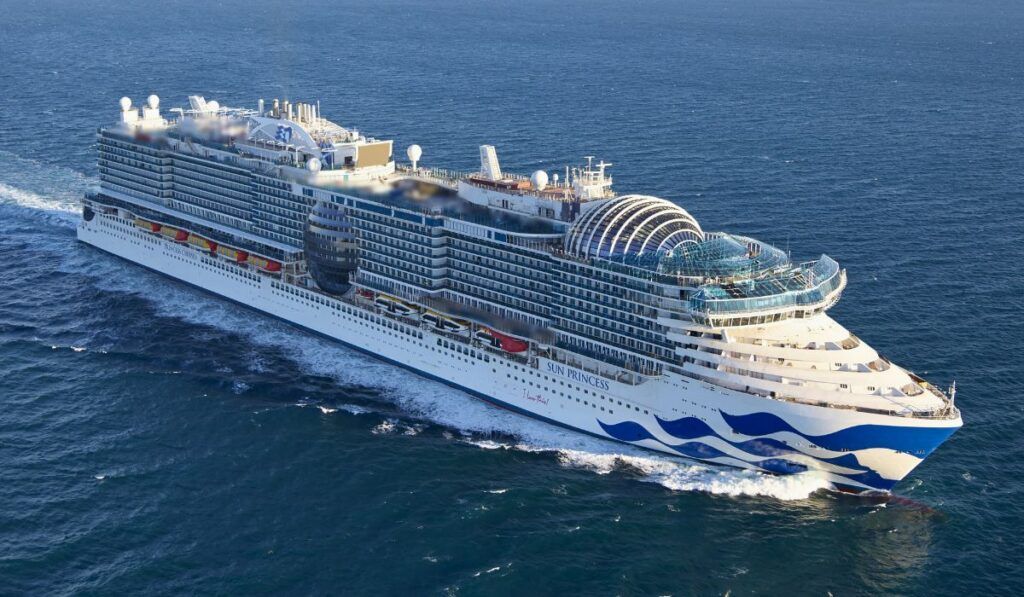
Cons of large cruise ships:
- The size of large ships limits the ports and itineraries.
- You could be sailing with thousands of your new best friends.
- A ship might be so large that a 7-day cruise may not be enough time to explore the entire ship.
- Large ships are not usually all-inclusive unless guests purchase optional packages.
- With so much happening on a large cruise ship, it may be difficult to make a choice from the many activities available.
- Some large ships require reserving space for shows – even if complimentary- and space may fill up if you don’t reserve early.
- The same holds true for shore excursions. The most popular tours have capacity limits, so you may miss out if you don’t book prior to embarkation.
- Disembarkation may be a slow process.
- With all the luggage coming on the ship, you may wait a long time to get your bags to your room.
- On sea days when the weather is bad, everybody will be inside and the public areas on the ship may feel overly crowded.
- Larger ships visit similar ports. Cozumel and St. Thomas are two of the busiest Caribbean ports. Imagine the crowds when multiple large ships dock.
- Nabbing a seat in the first row next to the pool is so desirable that the chair hogs arrive in the wee hours of the morning to stake their claims on those popular loungers, and hot tub users linger for hours.
- Being family-friendly, it’s likely that there will be many children on board. Some parents feel that their children need no supervision and let their progeny run freely around the ship.
- It could take several days to become comfortable and familiar with where your stateroom is – or any other place on the ship.
Cruise Lines with Large Ships:
- Carnival Cruise Line
- Celebrity Cruises
- Cunard
- Costa Cruises
- Disney Cruise Line
- Holland America Line
- MSC Cruises
- Norwegian Cruise Line
- Princess Cruises
- Royal Caribbean
- Virgin Voyages
Determining the right fit: Factors to consider
Every cruise line has its own personality as do the individual ships in the fleet. Ships in the same class are sisters. Big ship fans often favor a certain class of ships. Small ships may be similar in style, but that’s not always the case especially with expedition cruises, which use a variety of small ships. It really comes down to your personal comfort level.

Tips for choosing the perfect cruise ship
Before you even think about which ship is best for you, you need to decide on a budget. A realistic budget goes a long way in helping decide between a large or small ship and on your stateroom selection. Your budget will certainly be a deciding factor in the length of cruise as well.
When considering how that budget works for you, remember that some large ship cruise lines, like Holland America, still do have smaller ships, relatively speaking. These ships carry just over 1400 passengers. Carnival and NCL also have ships carrying just around 2000 guests.
For example, let’s assume that you are a family of four, two parents with two kids under the age of 18. A large ship will have plenty of stateroom options for you. On a small ship, you would first need to check the minimum age for children. Most likely, you would have to book two cabins to accommodate everybody.
With so many options, making a choice between a small cruise ship or large cruise ship requires some research. When comparing, be sure that you are comparing apples to apples.
Further, we recommend you find a qualified travel agent to help book your cruise. It’s always helpful to get opinions of those who have similar travel styles to you as well. Always ask the person giving advice if they have cruised with the brand or on a particular ship. Hearsay and conjecture are dubious at best.
Ultimately, the absolute best way to decide whether you prefer small ship or large ship cruising is to experience it for yourself.
Comments
Which do you prefer, small cruise ships vs. large cruise ships? What are your pros and cons for each cruising style? Drop us an anchor below to share your best cruise experiences.


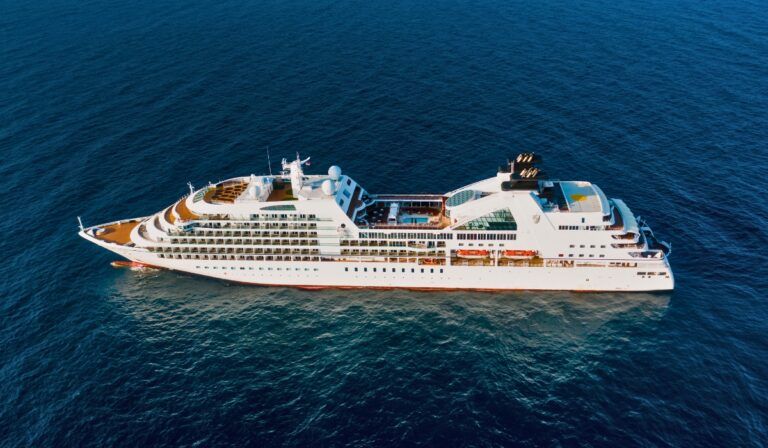







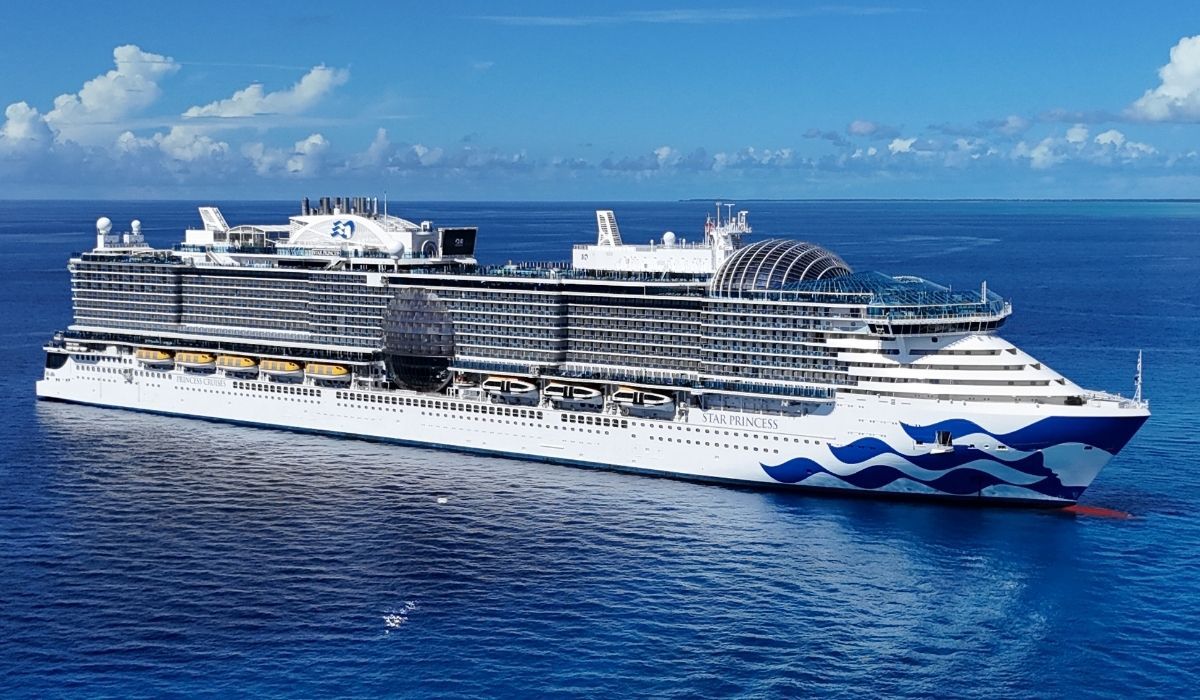




2 comments
Gail
Medium. (2-4,000) Don’t need a ship with an amusement park and a bunch of kids!
Don Bucolo
We are right there with you! Have you tried the Celebrity Edge class or HAL Pinnacle class?